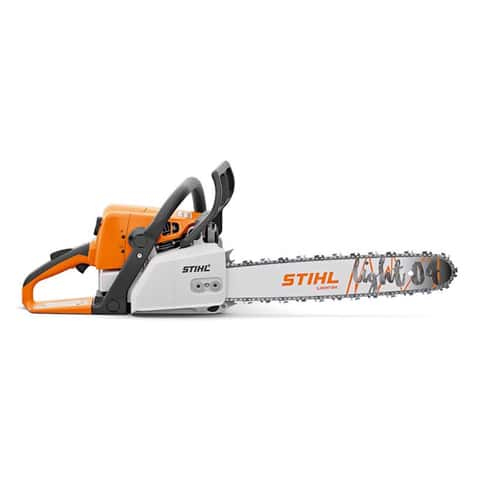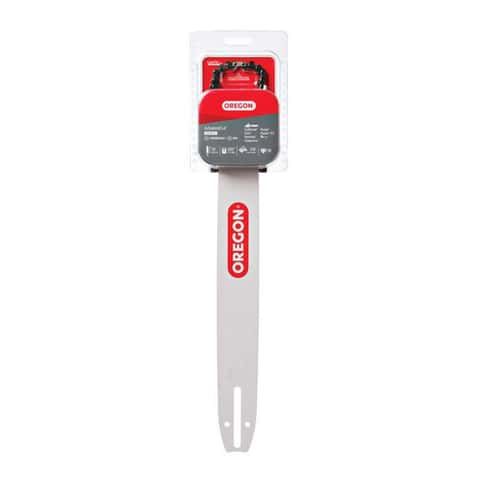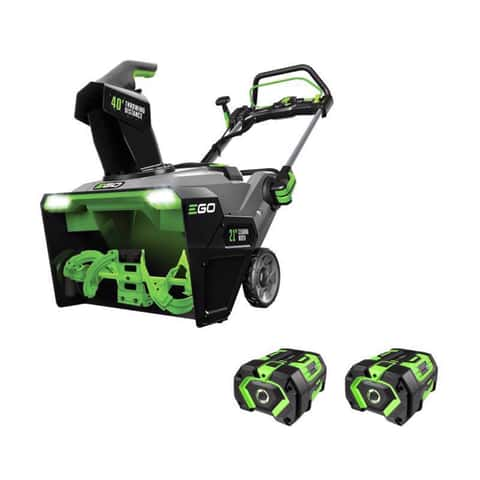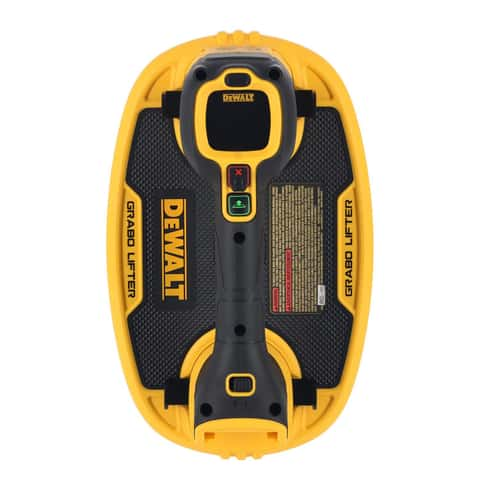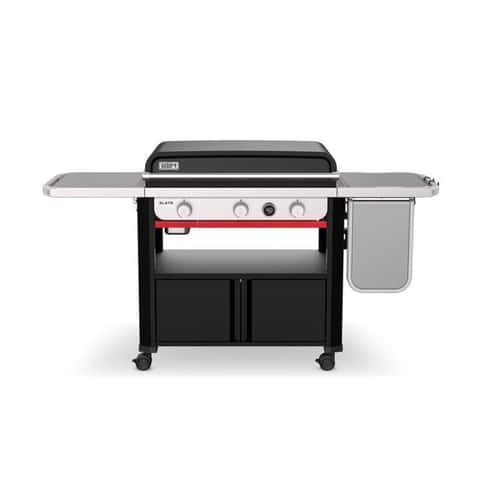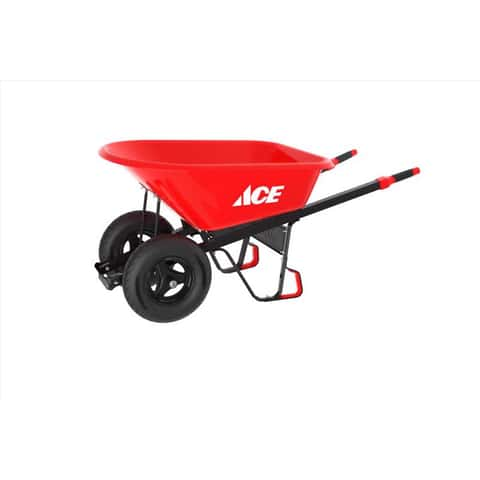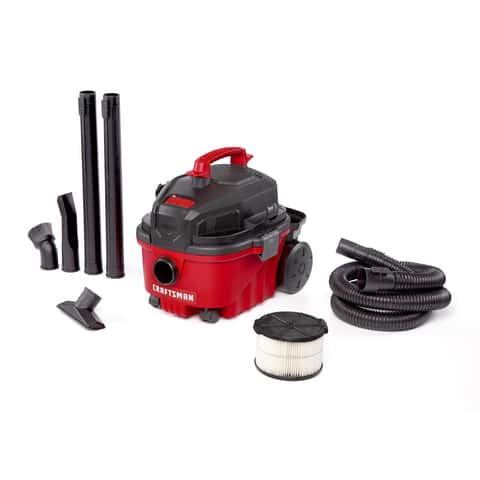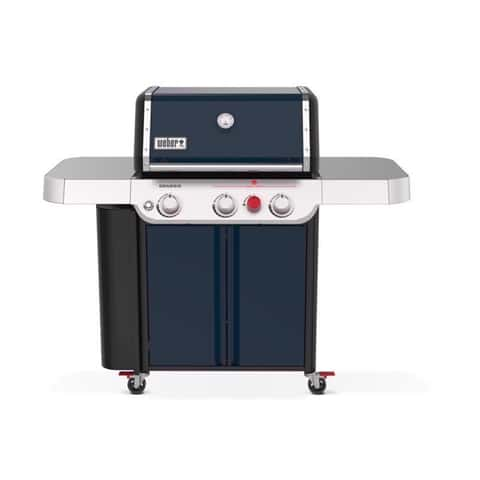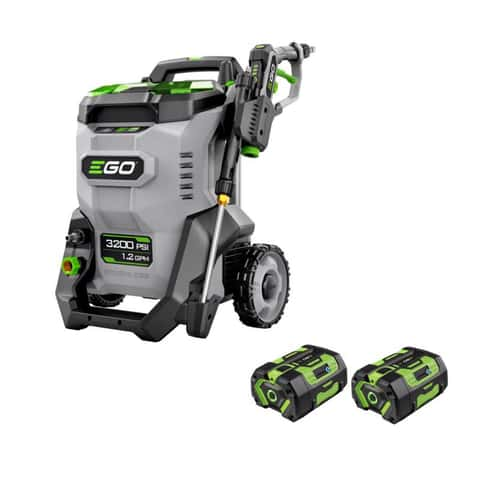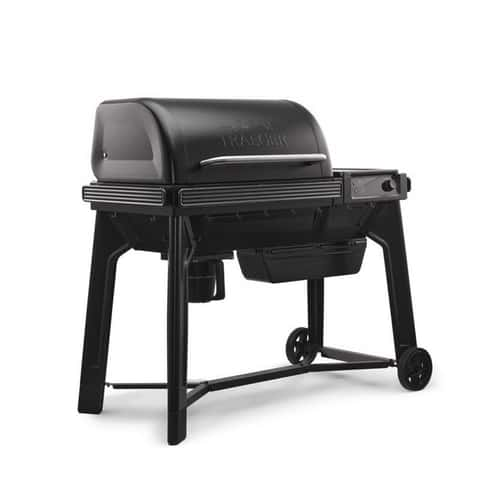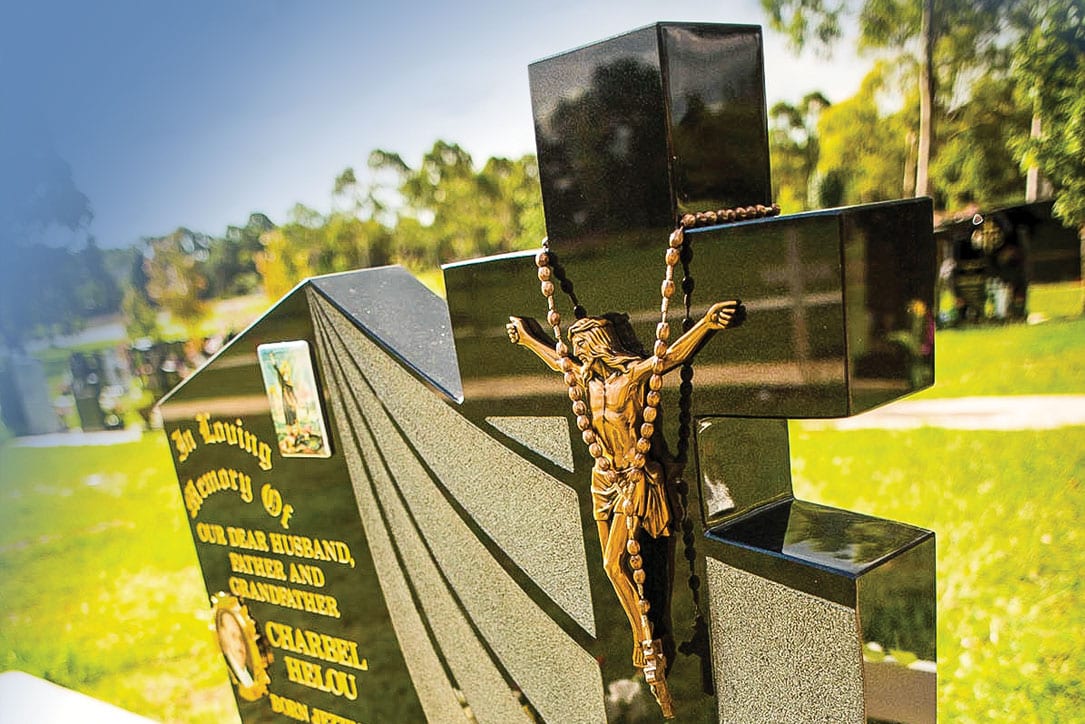In recent years, the global banking landscape has been increasingly affected by geopolitical shifts and economic sanctions. One prominent example is the actions of institutions like Sberbank Rossii, a leading Russian bank, which has faced a range of challenges amid international sanctions. These shifts have not only impacted the Russian economy but have also had broader implications for global financial markets, highlighting the intersection of politics and global finance.
The Rise of Sanctions and Their Impact on Global Banks
The imposition of economic sanctions has become a prominent tool in international diplomacy, with far-reaching consequences for both the targeted nations and the wider global economy. Sanctions, particularly those imposed by Western powers such as the United States and the European Union, have had profound effects on financial institutions across the world. These measures are often implemented in response to political actions, such as territorial disputes, human rights violations, or military interventions. While sanctions are designed to limit a nation’s ability to engage in global trade and finance, they also create ripple effects that extend beyond the borders of the sanctioned country.
In the case of Sberbank Rossii, sanctions have been a significant factor in reshaping its operations. The bank, which has long been a cornerstone of Russia’s banking sector, has faced restrictions that limit its ability to access international markets, conduct cross-border transactions, and engage in foreign currency exchanges. These measures have placed a strain on Russia’s financial system and forced banks like Sberbank to seek alternative solutions, such as increasing reliance on domestic markets or shifting to other financial hubs with fewer restrictions.
The Shifting Dynamics of Global Trade and Finance
As sanctions and geopolitical tensions continue to evolve, global trade and financial systems have had to adapt to new realities. The interconnectedness of the world’s financial markets means that a disruption in one region can have a cascading effect on others. For instance, the restrictions on Russian banks, including Sberbank Rossii, have led to a reconsideration of how global trade is conducted and how financial institutions navigate the increasingly complex landscape of international regulations.
The rise of alternative financial systems and regional payment mechanisms has been one response to these challenges. For example, the establishment of China’s Cross-Border Interbank Payment System (CIPS) and the increased use of the Chinese yuan in international trade are reshaping the global financial architecture. These developments offer new opportunities for countries and institutions that are increasingly seeking alternatives to the traditional Western-dominated financial system, particularly in the wake of ongoing tensions.

The Role of Digital and Cryptocurrencies in Mitigating Financial Isolation
Amid rising geopolitical tensions, digital currencies and cryptocurrencies have emerged as potential solutions to mitigate financial isolation. The decentralized nature of cryptocurrencies, such as Bitcoin and Ethereum, makes them an attractive option for countries and institutions seeking to bypass traditional financial systems. This trend has gained momentum in countries facing sanctions or restrictions, including Russia.
For Russian institutions like Sberbank Rossii, the adoption of digital currencies and blockchain technology has provided a potential avenue for conducting cross-border transactions without relying on Western financial institutions. By leveraging the borderless nature of cryptocurrencies, Russia has explored new ways to facilitate trade and financial transactions, particularly with countries that are also seeking alternatives to the U.S. dollar and other Western currencies.
However, while the potential of cryptocurrencies to circumvent sanctions is evident, there are also significant challenges. Regulatory uncertainty, security concerns, and volatility remain key issues that need to be addressed for cryptocurrencies to be fully integrated into global financial systems. Moreover, countries and international organizations are increasingly focusing on developing regulations that aim to control the use of cryptocurrencies for illicit activities, including evading sanctions.
The Impact of Geopolitical Risks on Investment Strategies
Geopolitical risks have become a central consideration for investors across the globe. The uncertainty created by ongoing political tensions, trade wars, and military conflicts has forced investors to rethink traditional investment strategies. Markets are increasingly sensitive to developments in regions like Eastern Europe, the Middle East, and East Asia, where geopolitical risks can significantly affect the value of assets.
For investors, understanding how geopolitical events impact financial markets is crucial for managing risk and making informed investment decisions. The rise of sanctions, as seen with institutions like Sberbank Rossii, has highlighted the importance of diversifying portfolios and avoiding overexposure to specific regions or countries that may be vulnerable to political or economic instability.
In response to these challenges, many investors are turning to alternative asset classes, such as commodities, precious metals, and real estate, as a way to hedge against geopolitical risks. These assets tend to perform well in times of uncertainty and can offer a buffer against the volatility that often accompanies political instability.
The Future of Global Financial Regulation
As the global financial system becomes more fragmented and multipolar, the future of financial regulation remains uncertain. The rise of non-Western financial centers, such as China, India, and the Middle East, is challenging the dominance of traditional Western institutions like the International Monetary Fund (IMF) and the World Bank. These new financial hubs are pushing for greater representation in global financial governance and are seeking to establish alternative regulatory frameworks that better reflect the realities of a changing world.
At the same time, the increasing use of sanctions and the growing importance of financial security have led to calls for stronger international cooperation in regulating the global financial system. As financial markets become more interconnected, the need for global regulatory standards that address issues such as money laundering, cybersecurity, and cross-border transactions has never been more pressing.
The role of international organizations, such as the Financial Stability Board (FSB) and the Basel Committee on Banking Supervision (BCBS), will be crucial in shaping the future of financial regulation. As new technologies, such as digital currencies and blockchain, continue to reshape the landscape, these organizations will need to adapt to the changing dynamics and create frameworks that ensure stability and security in an increasingly complex global financial environment.
The Role of Banks in Navigating Geopolitical Challenges
Banks play a pivotal role in navigating the challenges posed by geopolitical tensions and economic sanctions. Institutions like Sberbank Rossii are not only responsible for managing the financial needs of their clients but also for adapting to the broader geopolitical environment. This requires a deep understanding of the legal, economic, and political forces at play and the ability to adjust strategies accordingly.
One of the key challenges for banks operating in regions affected by sanctions is maintaining access to international financial networks. The need to comply with both domestic and international regulations creates a complex web of requirements that must be carefully navigated. For banks like Sberbank, this may involve restructuring operations, diversifying service offerings, or seeking new markets to ensure continued growth and stability.
Moreover, banks are also tasked with safeguarding their clients’ interests in an increasingly uncertain world. This means providing advice on how to mitigate risks related to currency fluctuations, trade restrictions, and changes in government policy. Banks that can successfully navigate these challenges will be better positioned to support their clients and maintain their competitive edge in the global financial marketplace.
The Global Outlook for Banking in a Changing World
The future of global banking is shaped by a host of factors, including technological advancements, regulatory changes, and shifting geopolitical dynamics. As countries and financial institutions continue to adapt to the challenges of an interconnected yet fragmented world, the role of banks in maintaining economic stability and facilitating international trade will remain critical.
The rise of alternative financial systems, the increasing use of digital currencies, and the growing importance of geopolitical risks all point to a future where global banking will need to be more flexible, resilient, and innovative. For banks like Sberbank Rossii and other institutions in similar positions, this means finding ways to thrive in an environment where uncertainty and change are the only constants.
Ultimately, the future of global banking will depend on how well financial institutions can navigate the challenges and opportunities presented by a rapidly changing world. By embracing new technologies, adapting to shifting political realities, and maintaining a focus on customer needs, banks will continue to play a central role in shaping the future of global finance.

